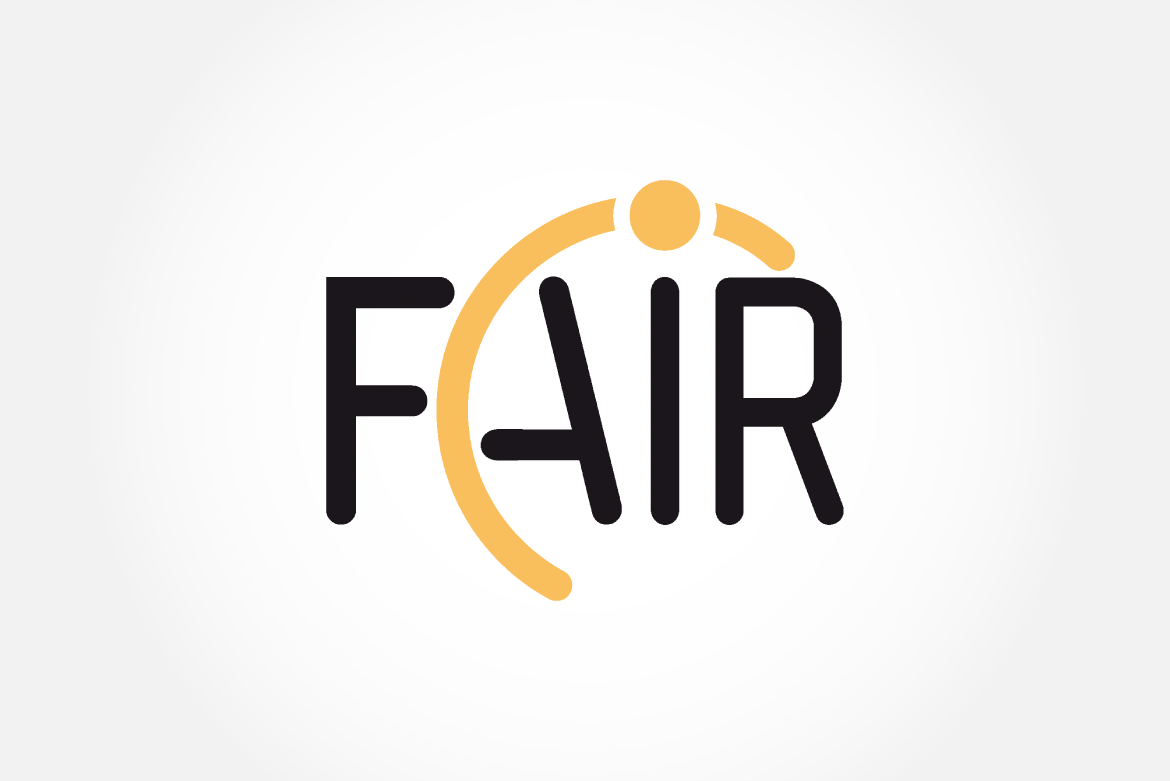India has embarked on various scientific mega projects, one being the Facility for Antiproton and Ion Research (FAIR).
What is antiproton?
Theorised by Paul Dirac and discovered in 1955, antiproton is a antibaryonic particle of the Hadron family. It comprises of two up quarks and one down quarks. In reality, it is the stable but short-lived antiparticle of the proton. (Note: Positron is the antiparticle of Electron)
It is now known with definite proof that they are produced when cosmic ray protons hit with atomic nuclei in the interstellar medium. They have all properties similar to protons except that their charge and magnetic field are opposite to that seen in protons. Consequently, when proton and antiproton meet together, they annihilate each other and produces energy.
Why study antiprotons?
The study of antiproton has its application in understanding the evolution of universe, the structure of subatomic particles, space propulsion systems, cancer therapy, diagnostics, liposuction and neurosurgery.
Evolution of universe: Since antiprotons have their genesis in cosmic particles, their imaging and study will shed lights on the events that took place immediately after the big bang.
Space propulsion: When we inject a beam on antiproton into a proton based nuclear fuel, the annihilation produces energy which can be used for propulsion.
PET Isotope: Antiprotons bombarding a carbon, oxygen or nitrogen atom can knock out a nucleon from these elements as energy generated and required is greater than 8MeV.
Cancer Therapy: The characteristics of antiproton such as speed and energy can be precisely calibrated so that they deposit accurately on the tissue required. Once deposited, antiprotons annihilate the cancer cells, producing PET isotope in the process. This not only helps in accurately destroying the cancerous tissue, but also provides real time image of the final result.
Liposuction and neurosurgery: Through the same process of bombardment of antiprotons, it is possible to destroy the fat cells and cartilage cells.
India’s Role in FAIR
The Facility for Antiproton and Ion research (FAIR) is coming up in Darmstadt, Germany. India is the third largest contributor to the project, after Germany and Russia. India hopes to provide sophisticated items like power convertors, vacuum chambers, beam stoppers and superconducting magnets. It role will also secure access to Indian researchers to the facility, develop human resources and improve academic collaboration and people to people ties. The project is coordinated by the Department of Atomic Energy (DAE) under the Prime Minister’s Office (PMO) and the Ministry of Science and Technology (MoST)

